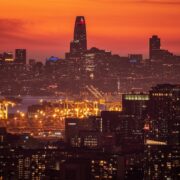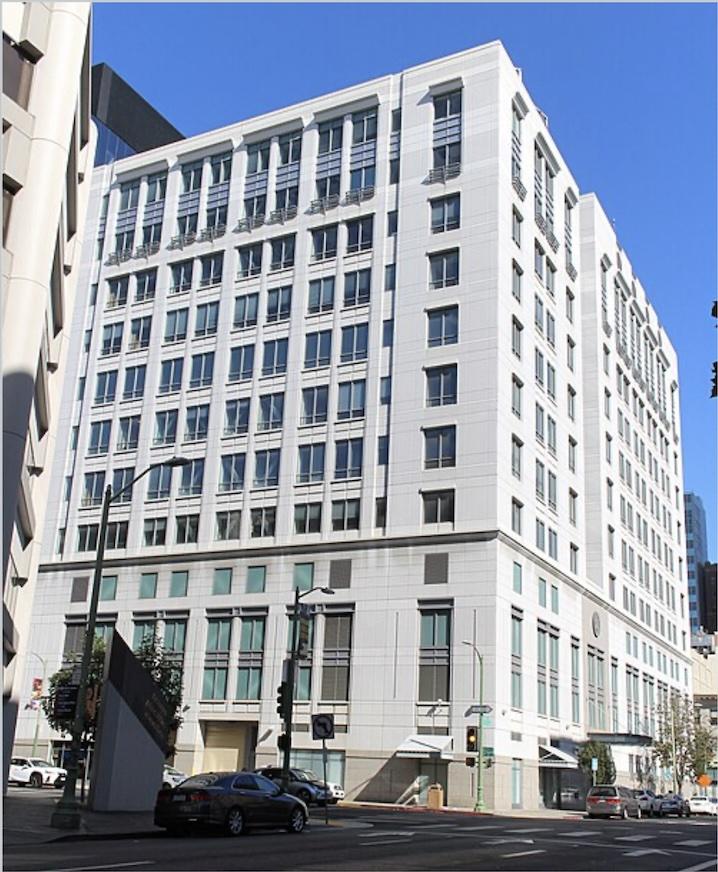by Selen Ozturk
Ethnic Media Services
Though summer is ending in California, extreme heat is still worsening long-term. At a Sept. 26 EMS briefing, state and community organizations shared how they were adapting on the community level.
Climate change is climate chaos
Braden Kay, Extreme Heat and Community Resilience Program Manager of the California Governor’s Office of Planning and Research, opened the briefing with an overview of these efforts statewide, which are highlighted at heatreadyca.com.
Although the state was largely spared from record-shattering worldwide heat, he stressed that “the impacts of heat, including heat-related deaths and illnesses, don’t just happen on headline-catching days; we’re even starting to see them in the winter.
Kay said that as heatwaves intensify, to protect Californians — especially those most vulnerable to the heat like children, older adults, people with disabilities, outdoor workers, and those who are unhoused — “we need to talk about and prepare for heat not just in deep summer, but also from spring into the fall, or ‘second summer.’”
One key challenge with climate change, “is that it’s not just change, it’s chaos,” he added. “Often, folks say ‘You said it was gonna be hot, but it was less hot this summer.’ It’s not a linear path that every summer is going to be hotter; the weather is going to be more unpredictable.”
Unequal heat burdens
As the weather grows more unpredictable, so do its impacts, said Dr. Maggie Park, San Joaquin County Public Health Officer.
The county numbers about 750,000 people. While 88% of the land is rural, Park said, “only 8% of our population live in those rural areas.”
Describing the unequal impacts of climate chaos on the most vulnerable populations, said Park. “Even within one city, the heat burden is not shared equally. Low-income neighborhoods with higher Black, Hispanic and Asian populations experience significantly more urban heat than wealthier and predominantly white neighborhoods, because poor and minority groups live in areas with more buildings, concrete, density, less vegetation, less trees, less heat-absorbing surfaces.”
This burden falls uniquely on the homeless, of which there are 2,319 in San Joaquin County – 1,355 unsheltered – as of 2022.
As many unhoused people don’t want to leave their tents and belongings to go to a cooling center, Park said, county public health staff have been approaching them to provide frozen water bottles, mobile shower units, and information about safe food storage, recognizing the signs of heat-related illness, and tips for cooling down.
For migrant farm workers, another uniquely vulnerable population, Park said the main challenge her staff faces — and is surmounting — is getting “heat materials and education translated into their indigenous languages.”
Community outreach
Multilingual messaging is key to communitywide heat outreach, said Dr. Inés Ruiz-Huston, Vice President of Special Programs & Civic Engagement at Stockton-based community organization El Concilio.
Both online social media and in-person door-to-door outreach have been key to reaching those “who go to work very early in the morning, who may miss that morning news about how hot it’s going to be and how they can stay safe,” she added.
“Boots on the ground is the most effective method,” said Ruiz-Huston. “Families are afraid to run air conditioners due to the cost of electricity, or fear of power outages,” she said. El Concilio focuses its multilingual messaging on available cooling centers and transportation to those sites.
Also critical is who is reached, Ruiz-Huston emphasized. When it comes to keeping a community safe: “Flyers aren’t enough. What is? Find the talkers representing your neighborhood. The person that knows everything about the community is their first to tell everybody in it what’s going on.”
Success stories
Sharing success stories of community heat help, Patrizia Hironimus, Executive Director of the Butte Environmental Council, noted the large populations of both wildfire survivors and environmentally active college students in Butte County.
Home weatherization and extreme heat awareness workshops — where students and other community members learn to use household materials like cardboard to deflect heat and bounce light from windows — have been a particularly effective way to pvromote heat resilience, she said.
The best way to reach wildfire survivors displaced from resilience resources like air conditioning has been through resources they do use, Hironimus added, like food pantries and farmer’s markets.
The worse the heat is, however, the harder it makes effective outreach. “If the temperature at a market is 105, the pavement will be past 110, and we can’t table outside. We can’t tell people about the warning signs of extreme heat in the extreme heat because it’s a cognitive dissidence, if we’re saying ‘Don’t be out here.’”
Disabled and older adults
Susan Henderson, Executive Director of the Disability Rights Education and Defense Fund, said disabled and elderly people are a prevalent heat-vulnerable population.
Up to one in four people in the U.S. have a disability. “A large portion of that number are older people, as pretty much all of us age into disability,” she said.
Access to safe and air-conditioned housing is key to protecting disabled and older adults from extreme heat impacts, Henderson continued, as is transportation to resources like cooling centers and hospitals, and backup electricity in the event of outages.
Even when heat help is available, however, “disabled people and older adults on fixed incomes often have to bear the cost for it, and choose between electricity and other basic needs.” Key to overcoming this are accessibility audits of community heat resources, she said. “To make accommodations, ask the disabled person what they need, and how.” n







